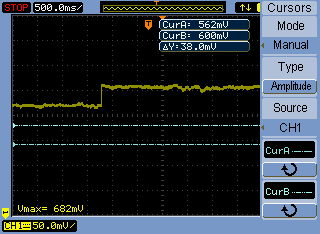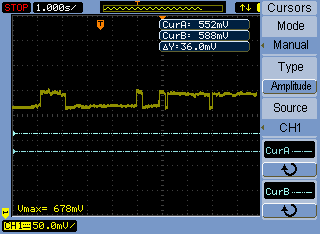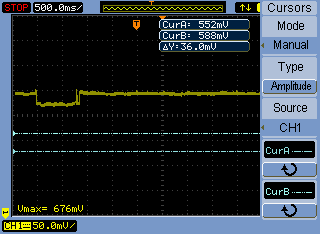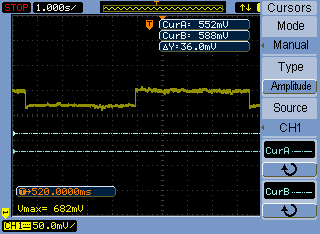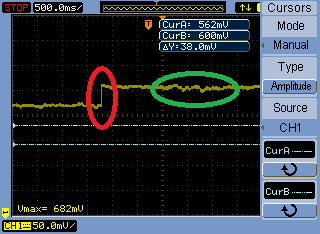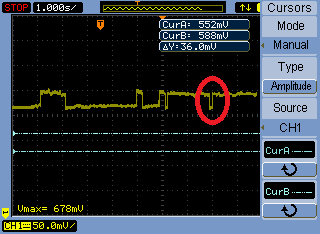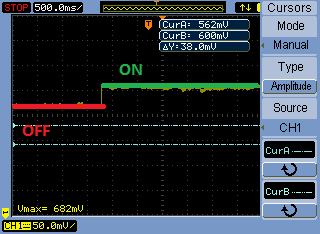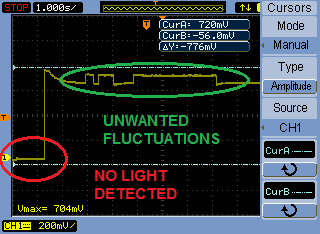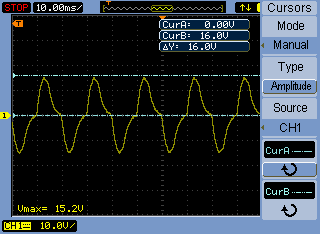Hello, TI E2E Community
We are using the DLP Lightcrafter 3000 for experimental purposes, and we are interested in controlling the flickering of the mirrors.
We know that in the DLP Lightcrafter 6500, we can stop the DLPC900 clock in a controlled manner by using pin TP14. The latter pin gives access to the clock signal (colleagues of ours have found a way of stopping the clock for a short time, releasing it every once in a while to avoid damage on the DMD, allowing a controlled flickering).
We were wondering if there is an equivalent pin on the DLP Lightcrafter 3000 board to do the same. That is, of having access to the clock signal.
If there is no such pin, do you know any way of stopping the clock in the DLPC300?
Regards,
Inigo


